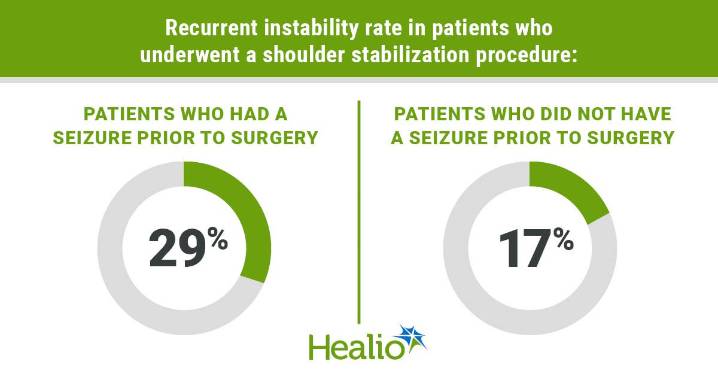Key takeaways:
Patients who had a seizure prior to shoulder stabilization had a 29% recurrent instability rate.
This was compared with a 17% recurrent instability rate in patients who did not have a seizure prior to surgery.
NASHVILLE, Tenn. — Failure rates in patients who had a documented seizure prior to a shoulder stabilization procedure are “unacceptably high,” according to data presented here.
“It was easy in the past to bury your head in the sand and not deal with the complex problem because the dogma was you cannot do anything until they are seizure free for 3 to 6 months,” Julie Y. Bishop , MD , clinical professor of orthopedics at The Ohio State University Wexner Medical Center, told Healio about results presented at the American Orthopaedic Society for Sports Medi

 Healio
Healio

 NBC News
NBC News SOFREP
SOFREP The Conversation
The Conversation CBC News World
CBC News World WOWT
WOWT KLCC
KLCC CNN
CNN Rolling Stone
Rolling Stone